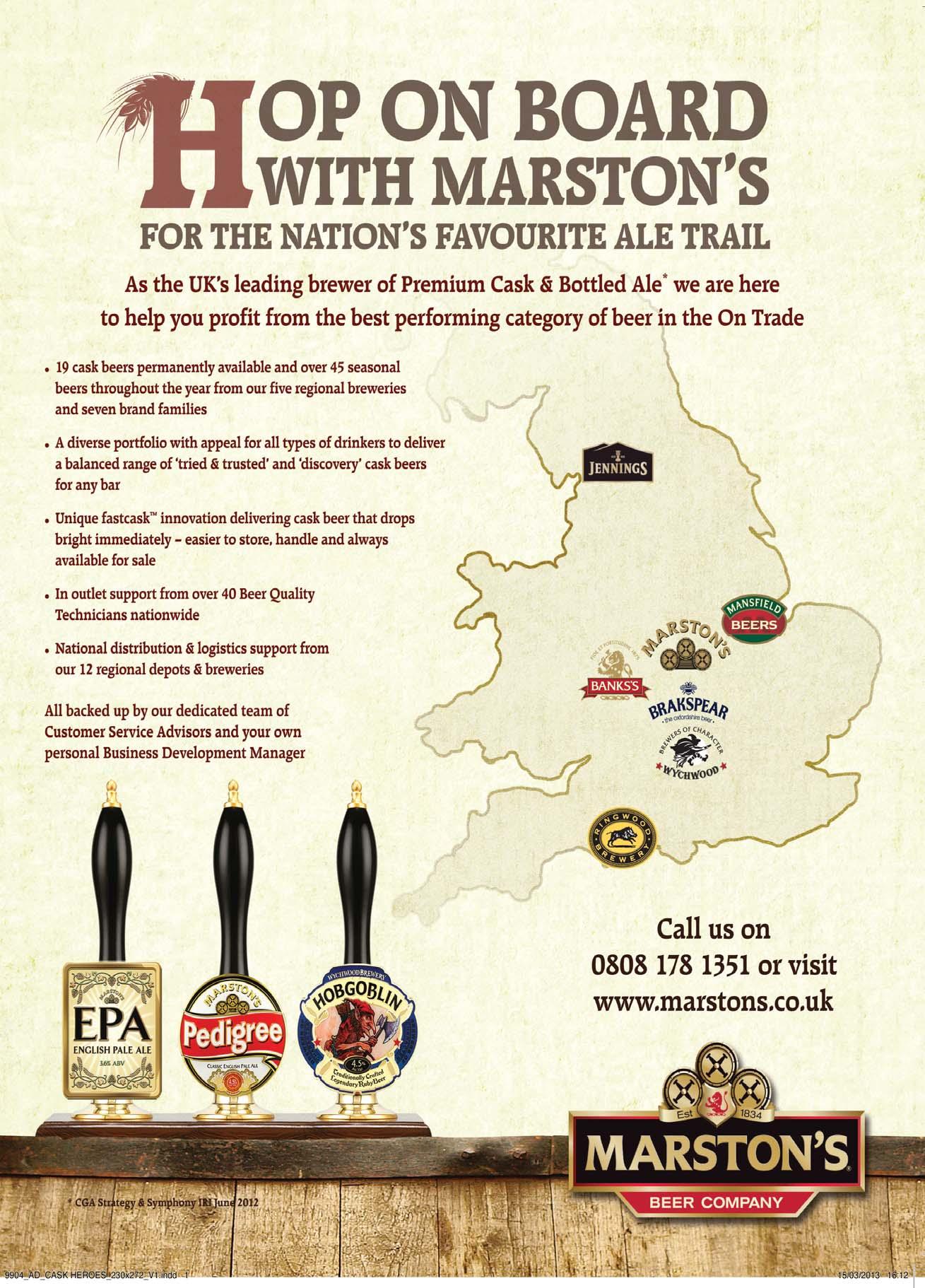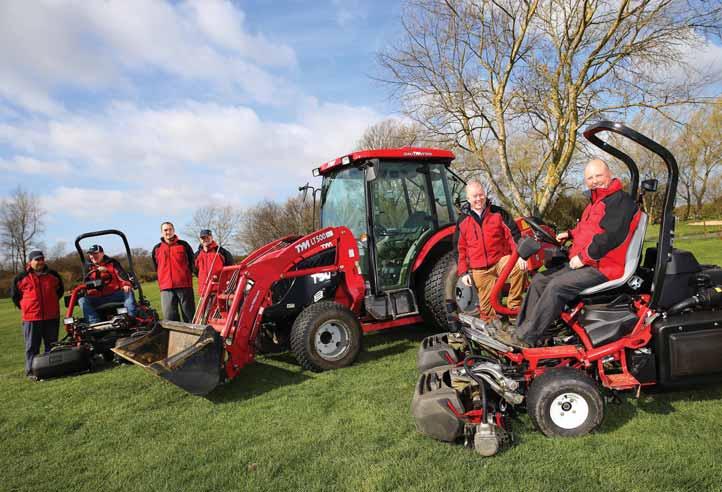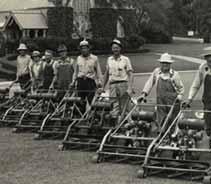
4 minute read
Club volunteers
Findthem,catch them,keepthem
In 2010, a highly organised campaign unfolded that recruited the largest peacetime deployment of people in UK history. This was the London 2012 Games Makers. But come 2014, how has this enthusiasm translated into volunteering at club level?
More than 240,000 people offered their services to volunteer at London 2012, with 70,000 finally chosen to take part. Two thousand of those selected were aged 16-18.
Dubbed the Games Makers, these volunteers gave up around eight million hours of their time over the Games period –all unpaid. Despite this enthusiasm, however, just a small proportion of this army of volunteers have been inspired to give up their time to sport on a more regular basis; only 8% of clubs have capitalised on volunteers post the Games, according to the Sport and Recreation Alliance’s biennial survey.
Everyday ‘normal’ sports club volunteering requires long-term commitment from people. And this is where the challenge lies. According to the 2013 survey by the UK’s Sport and Recreation Alliance, the average club in the UK relies on 24 volunteers to function, nine of whom are qualified coaches –that’s a lot of volunteers to find (and keep).
The good news is that there has been a 20% increase in the amount of volunteers at sports clubs since 2011, reversing a downward trend that had been taking place since at least 2007 when the surveys first began. That’s 600,000 more volunteers that have been steadily joining UK sports clubs since
The average club in the UK relies on 24 volunteers to function, nine of whom are qualified coaches. This compares to only two paid members of staff. (Souce: Sport and Recreation Alliance 2013 survey.)

2011 –a really encouraging figure.
What’s coming out loud and clear from this survey is that the volunteer increases are largely down to years of hard work from sports clubs (before the Olympic bid was even confirmed).
This includes making their clubs more open to the community, more social and friendly, as well as organising one-off fairs and ‘join in’ days, where they get people hooked and signed up on the spot. Follow the top tips on this page for hints on how to find them, catch them and keep them!
TOP TIPS
The following advice should help on drafting in new volunteers.
Find them
• Look around your club at the people you currently have helping out and identify any skills gaps • Brainstorm why you want to involve volunteers within the club and what you want them to actually do • Think realistically about what an individual volunteer or group of volunteers could achieve
Catch them
• Don’t be shy –make sure you get posters and flyers out around your area. Get information included in relevant local newsletters or papers and talk to people • Supply details on how prospective volunteers can apply and put in place a robust system to deal with applications • An interview process is essential to find out what the potential volunteer might bring to the role, and whether they have the commitment to succeed at your club
Keep them
• As volunteers aren’t paid, it’s even more important that clubs consider personal development and other suitable rewards • At the induction stage, take the time to respond to any questions the volunteer may have and right from the start volunteers will feel valued as a result • Another process that clubs can put in place to help keep volunteers at clubs is an appraisal system
CONTACT DETAILS
Sport and Recreation Alliance Burwood House, 14 Caxton Street, London SW1H 0Q t. +44 (0)207 9763900 www.sportandrecreation.org.uk



Toro celebrates
100 years On July 10, 1914, the Toro Motor Company was born. This is its story...
The Toro Motor Company was founded to supply engines for The Bull Tractor Company, marketers of the most popular brand of farm tractors in the United States. Toro engines were soon powering Bull Tractors on farms across the United States and Europe. Although Bull would soon fade from the scene, Toro flourished by continually reinventing itself to capitalise on new opportunities.
“Toro continues to lead by focusing on creating high performance, environmentally friendly solutions to help our customers around the world preserve the beauty, productivity and sustainability of the land,” says Corporate Accounts Manager Andrew Brown.
In 1919, Toro helped launch an important new industry with the development of The Toro® Standard Golf Machine; the first tractor built specifically for mowing large areas of grass to replace horse-drawn golf course mowers. The May 8, 1943 issue of The Commercial West, states, it ‘was the start of a new mechanical mowing machine era’. A series of Toro innovations soon followed that and by 1925 Toro was established as the world’s largest manufacturer of golf equipment.
Toro introduced its first power mower in 1924. Since that time, customers have trusted Toro to help care for all the places they call home. According to the May 1950 issue of Fortune magazine, Toro ‘almost singlehandedly’ turned the rotary lawnmower into an overnight success.
Early rotary mowers featured open decks with exposed blades. According to Fortune, ‘Because people have been afraid of accidents’ the rotaries had not been widely accepted until ‘Toro enclosed the blade to ensure safety’. Consumer purchases of rotary mowers started to climb.
“Through the years Toro has introduced many other lawnmower industry firsts including self propel drive, electric start, bagging, Recycler® technology and Personal Pace®,” says Andrew. “Toro’s heritage of innovation can be seen today in its latest snow blowers, irrigation products, zero turn riders and the TimeMasterTM.”
CONTACT DETAILS
e. toro.info.uk@lely.com www.toro.com







